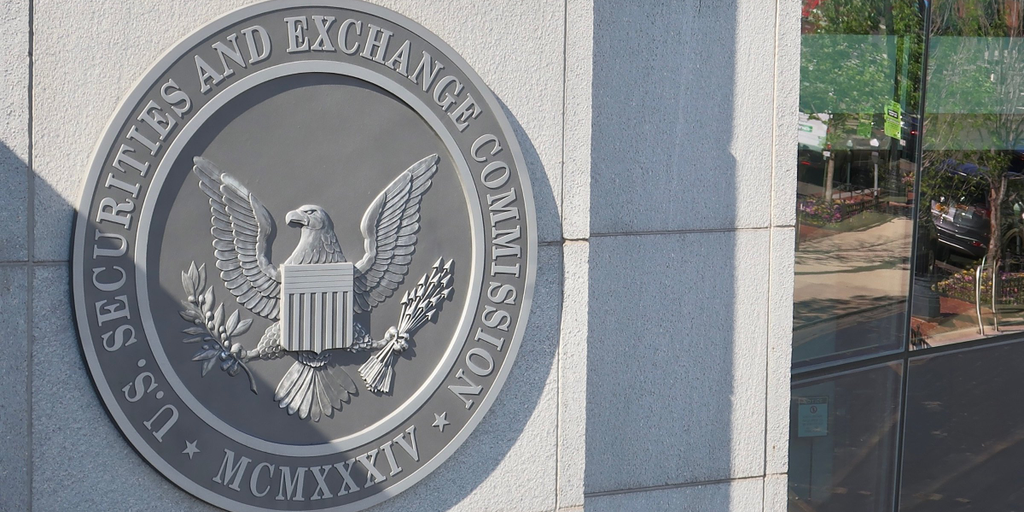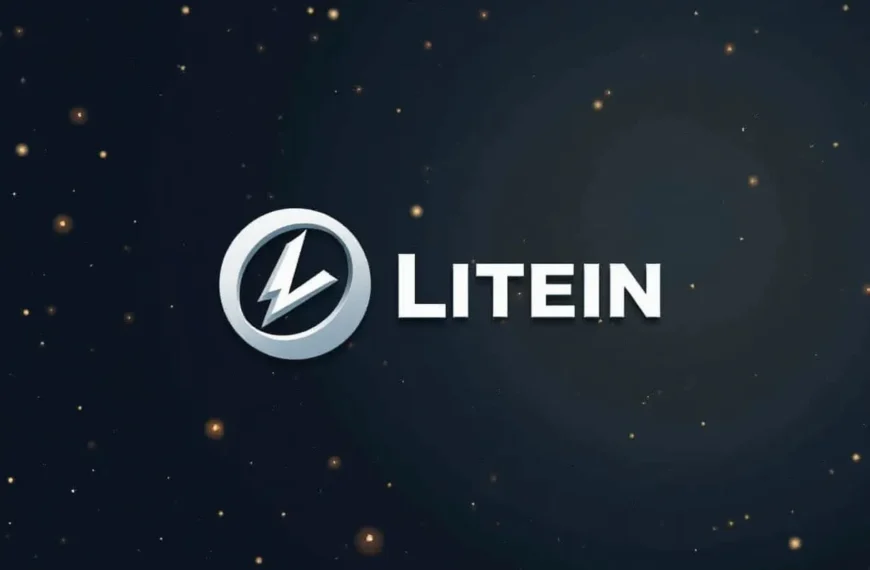Understanding the Push for Clarity on Staking Regulations
The cryptocurrency landscape is continually evolving, and with it, the need for clear regulatory frameworks becomes increasingly apparent. One area that has garnered significant attention is staking, a process essential for blockchain networks that utilize proof-of-stake mechanisms. As the crypto industry grows, stakeholders are urging the U.S. Securities and Exchange Commission (SEC) to provide definitive clarity regarding the rules surrounding staking.
What is Staking?
Staking is a mechanism used by various blockchain networks to validate transactions and secure the network. Unlike traditional mining, which requires extensive computational power, staking allows individuals to participate in the network’s consensus process by locking up their cryptocurrency holdings. This not only helps secure the network but also allows participants to earn rewards in the form of additional tokens.
To break it down further, here are some key points about staking:
The Need for Regulatory Clarity
In recent months, various players in the cryptocurrency sector, including exchanges and blockchain projects, have expressed their concerns about the lack of regulatory guidance on staking. Many fear that without clear rules, they may inadvertently violate securities laws, leading to potential penalties or restrictions on their operations.
The SEC has been actively involved in regulating the crypto industry, but its stance on staking has remained ambiguous. This uncertainty creates challenges for businesses that wish to offer staking services. Stakeholders are calling for the SEC to provide clear guidelines that define what constitutes a security in the context of staking.
Implications of Unclear Regulations
The ramifications of unclear staking regulations can be significant for both businesses and consumers in the cryptocurrency space. Here are some potential implications:
Industry Reactions
In response to the growing demand for clarity, various industry groups have initiated discussions with the SEC. These stakeholders are eager to engage in a dialogue that addresses their concerns while ensuring that consumer protections are upheld.
Prominent voices in the industry have emphasized that regulatory clarity is essential not only for the growth of the staking market but also for the entire cryptocurrency ecosystem. They argue that a well-defined regulatory framework would create a more favorable environment for investment and innovation.
The SEC’s Role and Responsibilities
The SEC plays a crucial role in overseeing the compliance of various financial instruments and ensuring investor protection. However, the agency faces the challenge of balancing its regulatory responsibilities with the need to foster innovation in the rapidly evolving crypto space.
As the SEC considers its approach to staking regulations, it must weigh several factors:
Potential Outcomes of Regulatory Clarity
If the SEC provides the clarity that the industry is seeking, several positive outcomes could arise:
Conclusion
As the cryptocurrency industry continues to mature, the call for clarity on staking regulations has never been more critical. The SEC’s response to these requests could shape the future of staking and the broader crypto ecosystem. Stakeholders are optimistic that by working together, the industry can achieve a regulatory framework that balances innovation with consumer protection.
The outcome of this ongoing dialogue will undoubtedly influence the trajectory of the cryptocurrency market, potentially paving the way for a more robust and secure staking environment. Ultimately, clear regulations can help unlock the full potential of staking, benefiting both businesses and consumers alike in the ever-evolving world of cryptocurrency.






